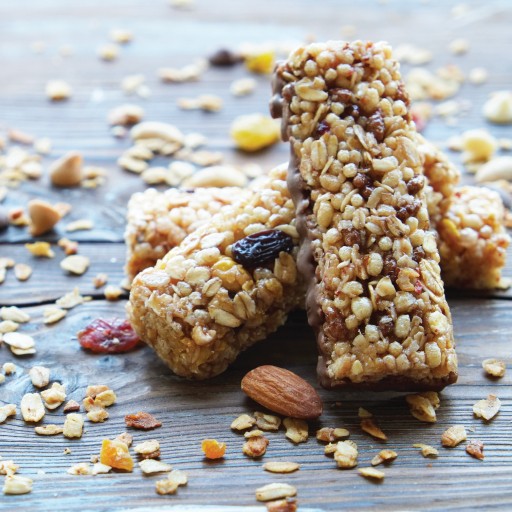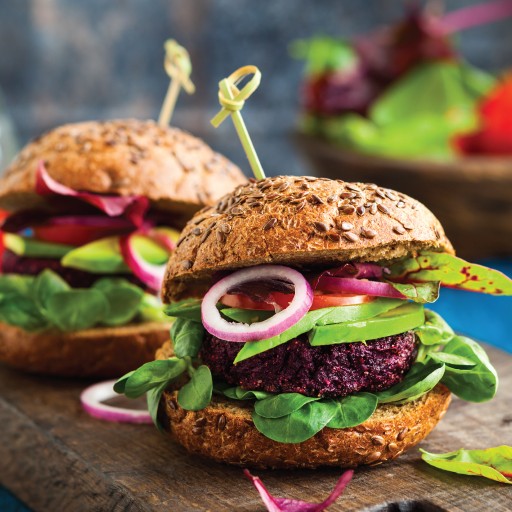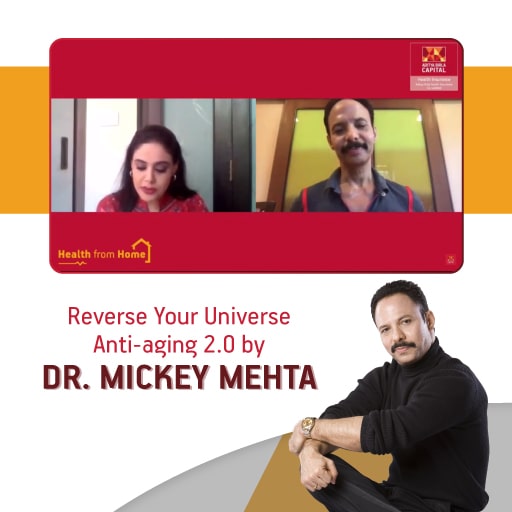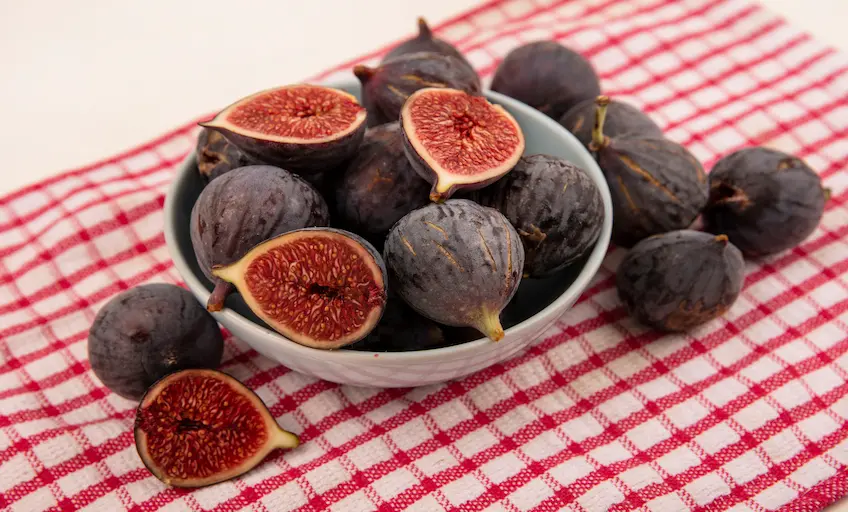 Deciding to change to a vegan diet? Now it’s time to actually transform your diet. While it might seem scary, making the switch to veganism can be quite exciting. Think of it as a whole new adventure in the world of food. Before every adventure, it’s important to prepare and warm-up for the big journey. Here’s how you can make a healthy, guilt-free transition to becoming a vegan –
Deciding to change to a vegan diet? Now it’s time to actually transform your diet. While it might seem scary, making the switch to veganism can be quite exciting. Think of it as a whole new adventure in the world of food. Before every adventure, it’s important to prepare and warm-up for the big journey. Here’s how you can make a healthy, guilt-free transition to becoming a vegan –
Learn About What’s In Your Diet
Start with understanding what goes into the making of your food! Sometimes even products like fruit candy are not completely vegan because they contain gelatin, which is made from animal collagen. Begin reading ingredient lists when you buy packaged food. Check how the ingredients themselves are sourced as well.
Then take a look at what kind of nutrients are in your vegan diet. There’s a common concern about how vegans get protein, iron, vitamin D and vitamin B12. This can be taken care of easily by paying more attention to the dishes you consume. Protein can be sourced from lentils (dal), nuts, chickpeas, beans, and oats. Iron, meanwhile, can be found in lentils, beans, leafy greens, and mushrooms. Vitamin D and B12 can be taken through supplements, although it is best to check with your doctor before doing so.
Add, Don’t Subtract!
Before you go completely vegan, start eating more foods like whole grains, beans, legumes, and nuts. This goes with fruits and vegetables too. In this technique, called the crowding technique, you begin by trying more fresh, healthy food. This way, you’ll have less and less space for the food you don’t want – in this case, animal-based products. For example, for each serving of meat, non-vegetarians can increase the number of vegetables they eat.
Look out for quick vegan recipes and aim to eat at least one vegan meal a day. Remember, in the transition stage, you’re just trying to become familiar with veganism. Experiment with soya and alternatives for milk such as almond milk to have new things to look forward to.
Gradually Leave Non-Vegan Food
Non-vegetarians should try a vegetarian diet first and then switch to a vegan diet. Start by avoiding the meat dishes you’re not so fond of anyway. Then, slowly progress to removing all meat dishes entirely, including your favourites. Another way to transition includes having a fixed number of days in a week where you eat vegetarian meals. After that, you can ease into going without meat for longer periods of time. If you’re already vegetarian, try removing cheese and honey first from your diet. Use a variety of sauces and natural sweeteners like jaggery syrup instead.
Stay Motivated
Keep going back to the reason that motivated you to become vegan! Watching documentaries about sustainable living and healthy diets can help. Vegan communities online can be a constant source of support. You can go beyond social media and explore vegan restaurants and workshops in your city too. Trying new dishes can provide a sense of excitement to continue your new diet.
Remember to check with a doctor about beginning a vegan diet if you have a chronic health condition. For certain conditions such as type-2 diabetes, a vegan diet can even improve overall health. Ultimately, understanding what goes on your plate and being patient with yourself goes a long way in taking up a vegan diet.





 1800-270-7000
1800-270-7000








